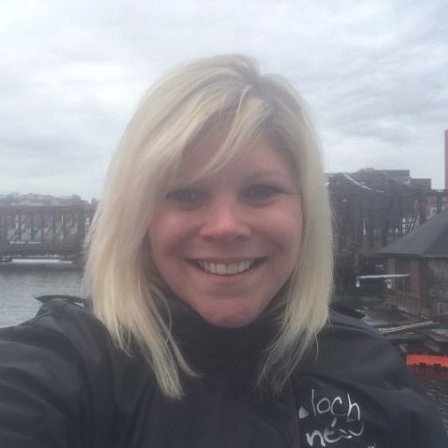Technology and Senior Care, At Home and In Your Facility
New technologies can improve care inside and outside your facility in a number of ways.

Danielle Myers, general manager at Status Solutions
“When we think about retirement, a lot of us think about a brick-and-mortar building where we’re going to retire,” says Danielle Myers. Myers is general manager of Status Solutions, a Columbus, Ohio-based provider of situational awareness technologies for life safety, security, environmental monitoring, and mass notification.
But many seniors don’t actually move into senior living facilities. “Either there’s not enough space or they can’t afford it,” she says.
The issue with space in senior living facilities is only going to grow as Baby Boomers get older and require increasing levels of assistance. “We’re just not going to be able to put up enough buildings” to house all the people who will eventually need care, Myers says.
This coming crisis is forcing some in the senior care landscape to “contemplate providing care in creative ways that don’t require seniors to come to the retirement community,” Myers says.
Enter Technology
How can technology solve the problem of not having enough beds ready to accept an influx of seniors who might need care over the coming decade?
Myers foresees senior living facilities leveraging technology tools to oversee or manage care for seniors who might still be residing in the own homes, such as automating medication reminders or sourcing in-home health aides for periodic visits.
Many individuals, of course, will still need full-time care within a community at some point. But technology can enable senior care facilities to help even while folks are still living in their own homes. They would come to know and trust your brand long before they need full-time care.
Being able to assist seniors who are still living at home with everything from fall prevention to home maintenance and medication management “could be a huge opportunity for owners and operators of senior care companies,” Myers says.
Five Ways that Technology Can Improve Care
In addition to expanding your facility’s reach, technology tools can also offer a variety of benefits.
- Bridging caregiver gaps. With families scattered across vast distances more than ever, providing services in this space could fill a critical need for some seniors who live far from their adult children or other family members who might otherwise be able to take care of such issues for an aging parent.
- Preventing falls and other health risks. Myers says Status Solutions has technologies that can help senior living facilities improve care for residents in the facility, too. Their recently released MIMI (Merging Information Into Meaningful Insights) platform can leverage “existing alarms, facility management tools, resident and personnel data all on one analytics dashboard.”These tools let leaders in senior care facilities use data to guide their decisions, with preventive and proactive care being a focus — stopping falls before they happen, for example, and making sure medications are taken at the appropriate times.
- Improving quality of care. Quality of care is another area where technology can help, Myers says. Technology tools can help your staff prioritize which resident needs are most pressing at any given time.
- Reducing staff turnover. “Retaining staff is the number one thing that I hear from senior living providers,” Myers says. Technology can help you figure out which employees are worth trying to retain.
She gives an example where Caregiver A works an eight-hour shift and has an average response time of 10 minutes to calls for assistance. Then there’s Caregiver B, who’s worked three 12-hour shifts and has an average response time of three minutes. Which employee seems worth fighting for?This information provides owners and operators with vital information for how to coach and correct. “One is an ‘attaboy [or attagirl], you did a great job. Let me buy your lunch today. The other is an indication that ‘we’ve got some work to do,’ either with retraining or maybe deciding that this person isn’t a fit for our community,” she explains. Having the data in front of you to make these decisions is good for everyone involved. - Meeting expectations. “I would say that there’s always room for improvement and innovation and it’s something that this next generation of seniors is going to demand,” Myers says. As our lives become increasingly connected and data driven, new technologies can help us turn challenges into opportunities. She urges senior living facility owners and operators “to get out in front of it and start having these conversations” about how to best serve your market.

Elaine K. Howley is a freelance journalist for various publications. An award-winning writer specializing in health, fitness, sports and history, her work has appeared in numerous print and online publications, including U.S. News, AARP.org, espnW, SWIMMER magazine and Atlas Obscura. She’s also a world-record holding marathon swimmer with a passion for animals and beer. Contact her via her website: elainekhowley.com.
Related Articles
Topics: Featured Articles , General Technology , Technology & IT











